Disaster recovery with AWS managed services, Part 2: Multi-Region/backup and restore
AWS Disaster Recovery
MAY 23, 2022
In part two, we introduce a multi-Region backup and restore approach. Using a backup and restore strategy will safeguard applications and data against large-scale events as a cost-effective solution, but will result in longer downtimes and greater loss of data in the event of a disaster as compared to other strategies as shown in Figure 1.

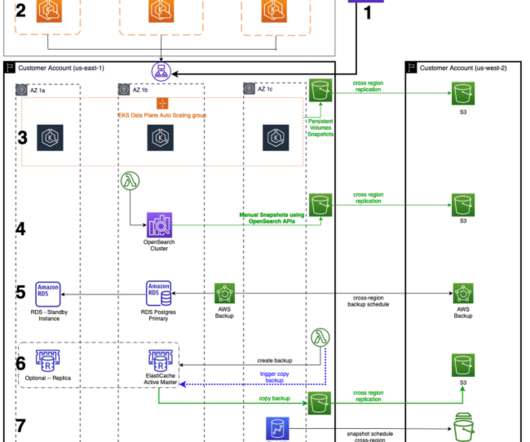
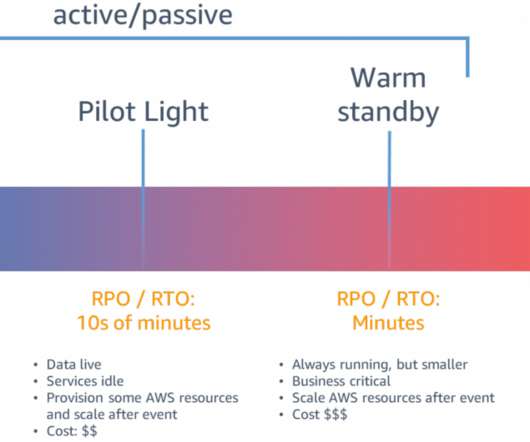

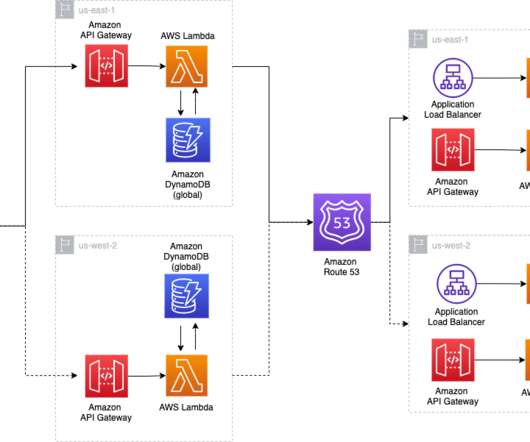
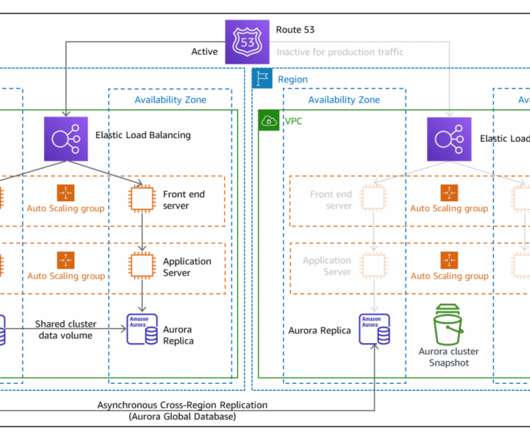


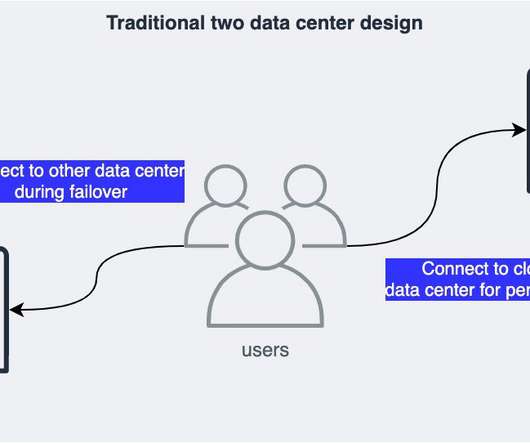
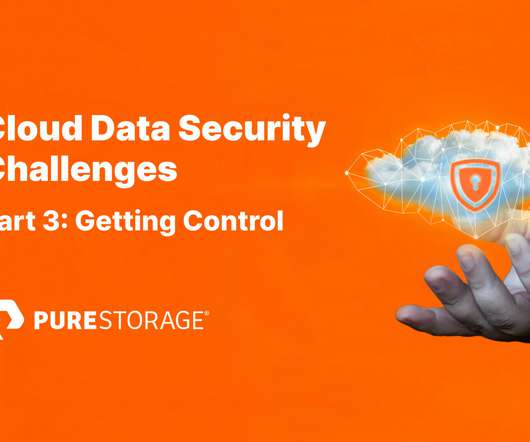









Let's personalize your content